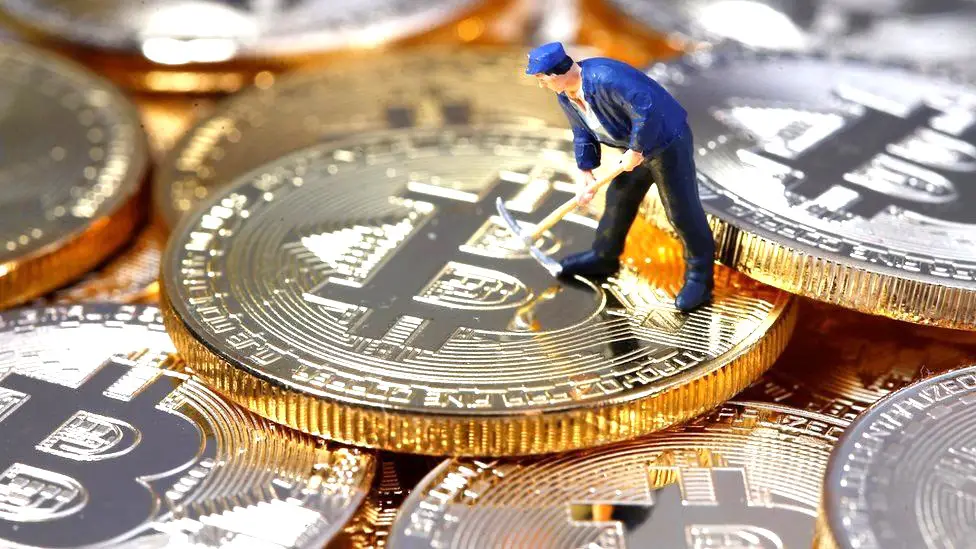Cryptocurrency Mining

Choose a Cryptocurrency:
Decide which cryptocurrency you want to mine. Bitcoin, Ethereum, Litecoin, and many others are available, each with its mining requirements and profitability.
Get the Right Hardware:
Mining requires powerful hardware, typically specialized ASIC (Application-Specific Integrated Circuit) miners for Bitcoin and GPU (Graphics Processing Unit) rigs for other cryptocurrencies like Ethereum.
Download Mining Software:
Depending on the cryptocurrency you’re mining, you’ll need specific mining software compatible with your hardware. This software connects your hardware to the blockchain network.
Join a Mining Pool (Optional):
Mining pools are groups of miners who work together, combining their computational resources to increase the chances of solving a block and sharing the rewards. Pool mining is often more profitable for individual miners.
Start Mining:
Configure your mining software, connect it to the mining pool if you’re using one, and start the mining process. The software will run algorithms, attempting to solve complex mathematical problems to validate transactions.
Monitor and Maintain:
Keep an eye on your mining setup regularly. Ensure it’s running smoothly, as hardware can generate heat and consume a lot of electricity. You’ll also need to update your software and occasionally tweak settings for optimal performance.
Receive Rewards:
If your hardware successfully solves a block, you’ll receive a reward in the form of the mined cryptocurrency. For some, this process can be instant, while for others, it might take time to accumulate enough computational power to earn a reward.